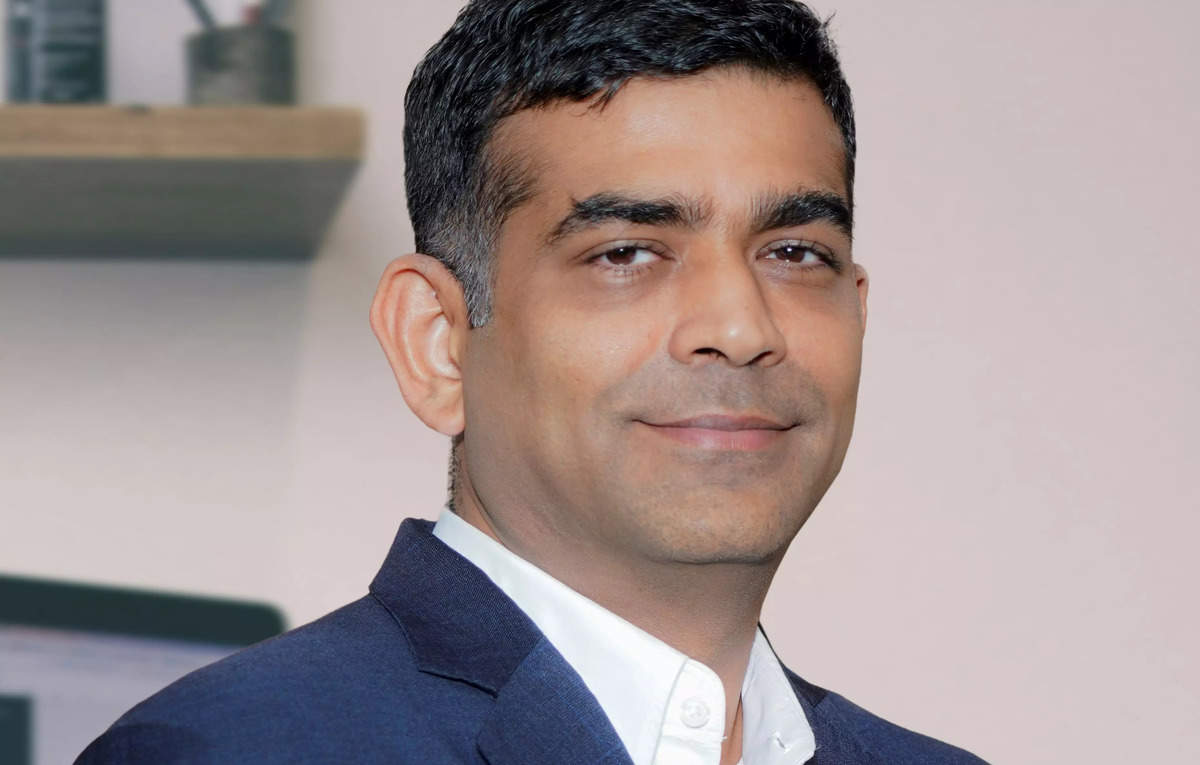
New Delhi: Vibrant Energy is also engaged in various conversations to build round-the-clock (RTC) renewable projects for premium customers, the company’s Chief Executive Officer Srinivasan Viswanathan told ETEnergyWorld in an exclusive interview. Edited excerpts:
Vibrant Energy has become a top corporate renewable platform in the country. Over the last 12 months, the company has signed long-term PPAs with marquee clients like 300 MW with Amazon and 75 MW with Saint-Gobain India, to provide RTC renewable energy from our inter-state transmission systems (ISTS) parks, enabling them to achieve 100 per cent renewable penetration to name a few.
Recently, Vibrant commissioned a 54 MW wind project for Sify Technologies , a leading Indian data centre company. Additionally, we placed orders for 378 MW with leading WTG OEMs namely Vestas, Envision, and Suzlon. This deep collaboration with our vendor partners has allowed us to leverage their expertise, further strengthen our portfolio and contribute to the expansion of renewable power generation in the country. Meanwhile, Vibrant has successfully secured financing of over Rs 2,200 crores from Power Finance Corporation , which is India’s largest C&I project financing for its 300-MW wind-solar hybrid project.
Vibrant Energy is arguably the only platform in the corporate renewables market that provides multiple tailored solutions to customers across Group Captive, third party open access, VPPA models. Currently, we are actively working on about 4 GW of pipeline and have been engaged in numerous conversations to build RTC renewable projects for premium customers.
We are committed to creating a sustainable future for our corporate clients and remain focused on developing bespoke solutions to meet corporate sustainability needs.
The policy and regulatory frameworks governing the renewable energy sector play a crucial role in its growth and success. The recent liberalization of the Green Open Access policy that allows any consumer with a load of more than 100 kW to buy open access power is a huge boost to the renewables sector. Further, the government’s commitment to meet 5 MTPA of green hydrogen production before 2030 is also expected to create additional demand for the sector.
While it is abundantly clear that corporate renewables will be a major contributor to Prime Minister’s vision to achieve 500 GW by 2030, coordination and alignment between various central and state government policies is essential for harnessing the full potential of the renewable energy sector.
India has a good ecosystem of wind turbine manufacturers serving local demand and export markets. India should promote more PLI manufacturing opportunities to support the wind manufacturing sector and promote foreign investment in this sector. As India scales its RTC renewables story, wind energy will be key to providing an all-round profile for day and night. Vibrant Energy has been on the forefront of adopting the latest technology and is the first company in India to install the biggest 3.6 MW Vestas Wind Turbine in its 54 MW Wind project.
There is a promise to install higher megawatt of onshore turbines in the next few years. Offshore wind power, with its higher wind speeds and larger turbine capacities, holds immense potential and could open up new avenues for wind energy development in coastal regions. Additionally, integrating wind power with other renewable sources and energy storage systems through hybrid projects and storage solutions can enhance grid stability and reliability, ensuring a consistent power supply. Continued advancements in wind turbine technology, such as larger rotor diameters and improved efficiency, have the potential to significantly increase energy output and reduce costs. By embracing these advancements and creating a supportive policy framework, India can unlock the full potential of its wind energy sector, driving sustainable growth and contributing to the country’s renewable energy targets.
Energy storage and grid integration are critical for successfully integrating renewable energy sources and meeting future targets. According to the India Smart Grid Forum, India will install 1,710 GWh of energy storage by 2032.
While some progress has been made in adopting select energy storage technologies, such as lithium-ion batteries, supported by initiatives like the National Energy Storage Mission, additional government support in the form of introduction of the ancillary market that allows for energy storage solutions to provide various services like evening power availability, frequency regulation, voltage stabilization etc., is required to tap the real potential of such solutions.
The future of India’s clean energy sector lies in the successful implementation of the Green Open Access policy and the Green Hydrogen policy. With well-developed transmission grid infrastructure, India is uniquely placed to allow green hydrogen to be located at consumption points while green energy is wheeled through the grid. India holds promise to bring green hydrogen in a big way among industries and heavy vehicle transportation. Embracing a circular economy approach and resource efficiency practices will further enhance sustainability and help India achieve its net zero targets way ahead of its targeted time.
Vibrant Energy has already achieved this target. It has contracted and is in the final stages of negotiation for more than 1.9 GW of projects, which will be fully operational by 2025 and has an active pipeline of about 4 GW.
Vibrant continues to receive strong support from both our debt and equity capital providers and are well on track to deliver the medium to long-term business targets. As a testament, Vibrant recently closed a project finance facility for more than $280 million from Power Finance Corporation for its 300 MW wind-solar hybrid project. This remains the biggest project finance facility in the country for any corporate renewables project to date.
We are witnessing a tectonic shift in the way energy infrastructure is developed and operated across the world. India is poised to secure leadership while the world is figuring out the best way to navigate the current challenges of climate change. There is an active dialogue among investors, developers, and government functionaries on the best way to achieve the 40-GW target. Several landmark steps, like the Green Open Access policy, Green Hydrogen policy, GNA, PLI scheme etc, will see lasting impact over the next decade.
- By ,
- ETEnergyWorld

Join the community of 2M+ industry professionals
Subscribe to our newsletter to get latest insights & analysis.

Download ETEnergyworld App
- Get Realtime updates
- Save your favourite articles




